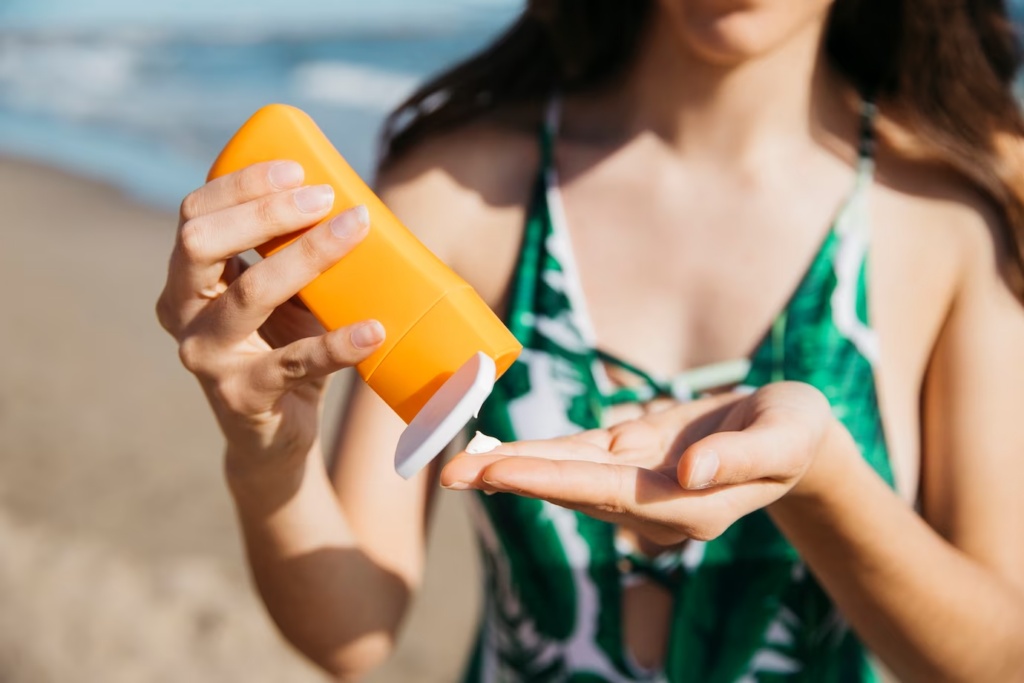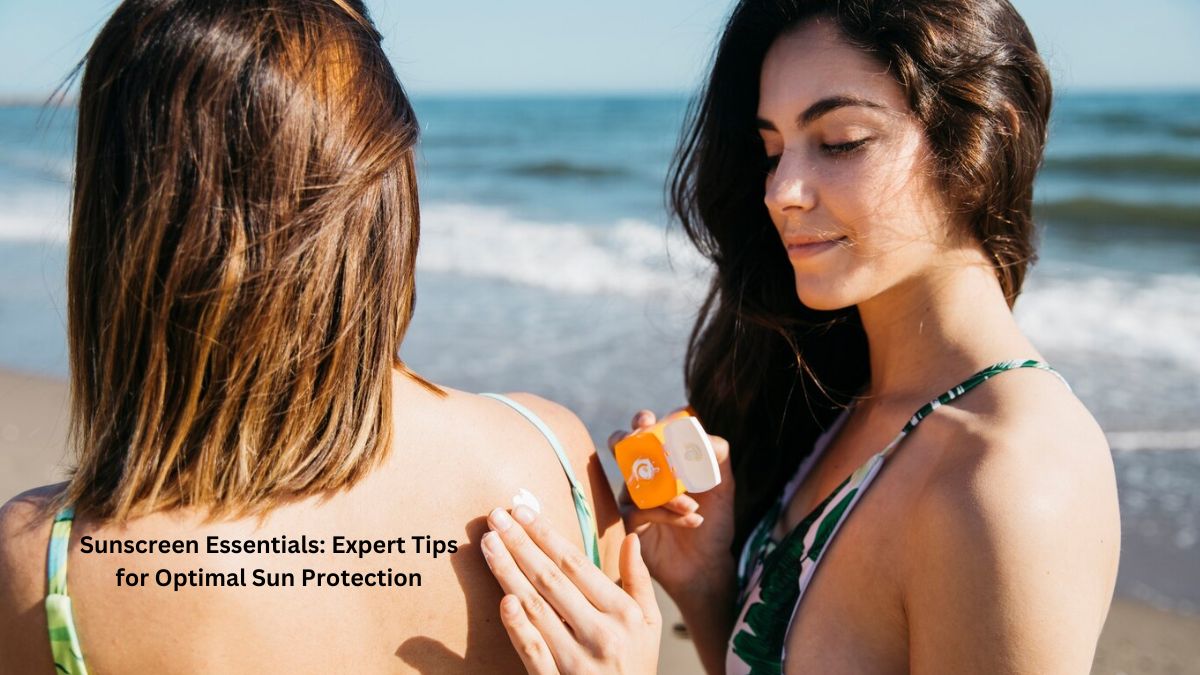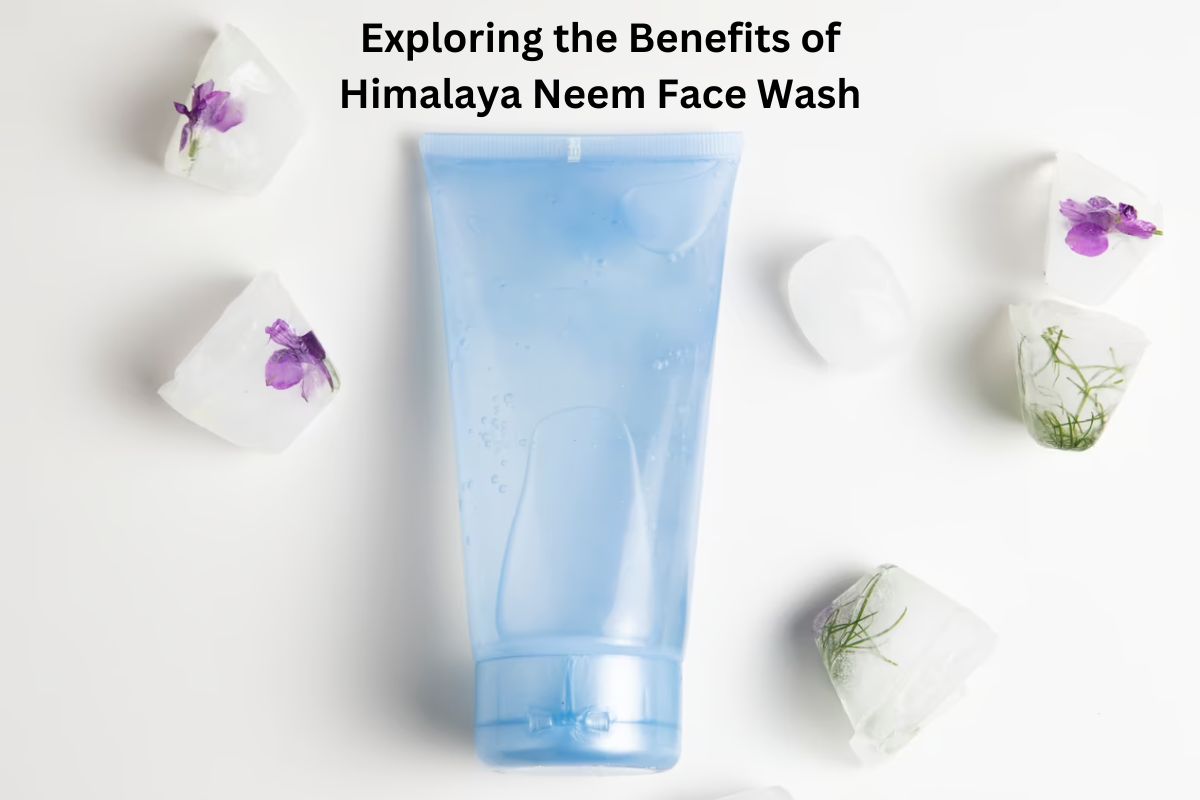Introduction
The warm embrace of the sun’s rays can be delightful, but it also brings along a potential danger – ultraviolet (UV) radiation. Prolonged exposure to UV radiation can lead to various skin problems, including sunburn, premature aging, and an increased risk of skin cancer. This is where sunscreen plays a crucial role in safeguarding our skin from the sun’s harmful effects. In this comprehensive guide, we’ll delve into the importance of sunscreen, how it works, how to choose the right one, and tips for effective sun protection.
Understanding UV Radiation
Before we dive into the details of sunscreen, let’s understand the two types of UV radiation that reach us: UVA and UVB. UVA rays penetrate the skin more deeply and are primarily responsible for premature aging, while UVB rays primarily cause sunburn. Both types of UV radiation contribute to the development of skin cancer.
How Sunscreen Works
Sunscreen is a topical product that helps shield your skin from the damaging effects of UV radiation. It contains active ingredients that either absorb, reflect, or scatter UV rays, preventing them from penetrating the skin. Broadly, sunscreens can be categorized into two types: chemical and physical.
- Chemical Sunscreens: These sunscreens contain organic compounds that absorb UV radiation and convert it into heat, which is then released from the skin. Common ingredients include avobenzone, octisalate, octocrylene, and oxybenzone.
- Physical (Mineral) Sunscreens: These sunscreens contain mineral compounds like zinc oxide and titanium dioxide that sit on the skin’s surface and create a physical barrier, reflecting and scattering UV rays.
Choosing the Right Sunscreen

Selecting the right sunscreen involves considering factors like your skin type, activity level, and the sun’s intensity. Here are some tips:
- Broad Spectrum: Choose a sunscreen labeled as “broad spectrum,” indicating protection against both UVA and UVB rays.
- SPF (Sun Protection Factor): The SPF number on a sunscreen bottle indicates its ability to protect against UVB rays. Higher SPF doesn’t necessarily mean longer protection; SPF 30 blocks about 97% of UVB rays, while SPF 50 blocks around 98%.
- Water Resistance: If you’ll be sweating or swimming, opt for a water-resistant sunscreen. Keep in mind that even these should be reapplied after getting wet.
- Skin Type: If you have sensitive skin, look for sunscreens with physical blockers like zinc oxide and titanium dioxide, as they’re less likely to cause irritation.
Applying Sunscreen Correctly
Proper application is key to ensuring the effectiveness of your sunscreen:
- Amount: Use enough sunscreen to cover all exposed skin. A common guideline is about 1 ounce (a shot glass full) for full-body application.
- Frequency: Apply sunscreen 15-30 minutes before sun exposure and reapply every two hours, or more frequently if swimming or sweating.
- Areas to Cover: Don’t forget easily overlooked areas like ears, lips, neck, and the tops of your feet.
Sun Protection Beyond Sunscreen
While sunscreen is essential, other protective measures can further enhance your sun protection efforts:
- Seek Shade: Stay in the shade, especially during peak sunlight hours (10 a.m. to 4 p.m.).
- Wear Protective Clothing: Long-sleeved shirts, wide-brimmed hats, and sunglasses provide extra protection.
- Stay Hydrated: Drink plenty of water to prevent dehydration, which can exacerbate the effects of sun exposure.
Conclusion
Sunscreen is a powerful tool in the fight against sun damage and skin-related issues. Regular use of sunscreen, combined with protective clothing and smart sun safety practices, can significantly reduce your risk of sunburn, premature aging, and skin cancer. So, the next time you step out into the sun, don’t forget to slather on that sunscreen – your skin will thank you for it.
Also read more about Moisturizers
FAQ
- Why is sunscreen important?
Sunscreen protects your skin from harmful UV rays that can cause sunburn, premature aging, and increase the risk of skin cancer. - How does sunscreen work?
Sunscreen contains active ingredients that either absorb, reflect, or scatter UV rays to prevent them from penetrating the skin. - What is SPF?
SPF (Sun Protection Factor) indicates how much a sunscreen can protect against UVB rays. Higher SPF offers greater protection. - Should I wear sunscreen on cloudy days?
Yes, UV rays can penetrate clouds, so wearing sunscreen on cloudy days is still important for skin protection. - How often should I reapply sunscreen?
It’s recommended to reapply sunscreen every two hours, or more frequently if swimming, sweating, or rubbing the skin. - Can I use the same sunscreen for my body and face?
Yes, you can use the same sunscreen for both, but some prefer a separate face sunscreen for sensitive facial skin. - Can sunscreen prevent skin aging?
Yes, regular sunscreen use helps prevent premature aging caused by UV exposure, including wrinkles and age spots. - What’s the difference between chemical and physical sunscreens?
Chemical sunscreens absorb UV rays, while physical sunscreens create a barrier to reflect or scatter UV rays. - Is waterproof sun-screen truly waterproof?
No sunscreen is completely waterproof. “Water-resistant” sunscreens offer some protection during water activities, but reapplication is still necessary. - Can I wear makeup over sun-screen?
Yes, you can apply makeup over sunscreen. Look for sunscreens labeled as “lightweight” or “under makeup” for a smoother application.
Remember, it’s important to follow the specific instructions provided on your sunscreen’s packaging and consult with a dermatologist if you have any skin concerns or sensitivities.







































